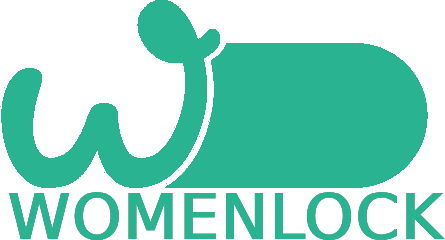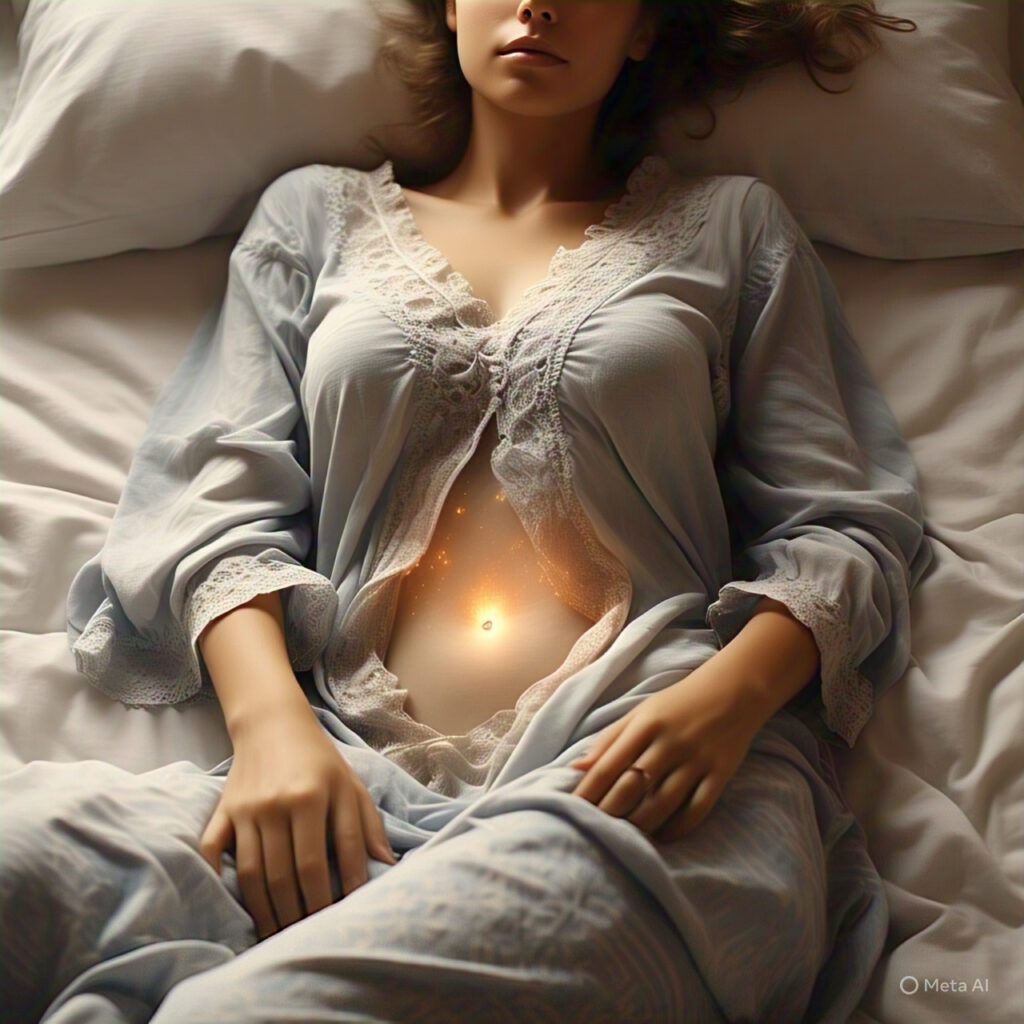Week 2 : Ovulation and Conception – What’s Happening in Your Body
Welcome to Week 2 of pregnancy, a pivotal time when ovulation and conception become possible. While you’re not officially pregnant yet, your body is preparing for the release of an egg — a crucial step for conception. In 2025, fertility awareness and ovulation tracking are trending in the USA, with new tools helping women understand their cycles better than ever.
What’s Trending in the USA for Ovulation & Fertility?
Fertility tracking technology has advanced rapidly. Many women in the USA now rely on AI-powered ovulation apps, at-home hormone tests, and wearable devices to accurately detect their fertile window. These trending fertility tools offer greater precision and empower women trying to conceive.
What Exactly Happens in Week 2 of Pregnancy?
Although labeled Week 2, this stage is still technically preconception. Here’s what happens in your body during this crucial phase:
- Your ovaries prepare to release an egg (ovulation).
- Luteinizing hormone (LH) surges to trigger the egg release.
- Estrogen levels rise, thickening the uterine lining to support implantation.
- Your cervical mucus changes to a clear, slippery texture ideal for sperm mobility.
Signs You’re Ovulating Right Now
- Increased cervical mucus with an egg-white texture
- Heightened libido
- Mild abdominal cramps (ovulation pain)
- Breast tenderness
- Slight rise in basal body temperature (BBT)
Understanding the Fertile Window
Your fertile window typically lasts 5–6 days — the days before and including ovulation. During this period, sperm can survive in your reproductive tract, ready to fertilize the egg once released. Timing intercourse within this window significantly boosts chances of conception.
Best Days to Conceive in Week 2
Experts recommend having intercourse 2–3 days before ovulation and on the day of ovulation itself. Popular ovulation tracking tools like Mira, Oova, and Natural Cycles are trending in the USA in 2025 for helping women pinpoint their fertile days.
How Conception Happens: A Step-by-Step Guide
After ovulation, the egg travels through the fallopian tube where it may meet sperm. Fertilization creates a zygote, which then moves toward the uterus. Implantation, the official start of pregnancy, generally occurs around Week 3.
Apps & Tools That Are Trending Now
- Flo: AI-powered ovulation prediction based on cycle history.
- Tempdrop: Wearable device tracking basal body temperature overnight.
- Premom: Visual ovulation and LH surge tracker app.
Expert Tips Trending in the USA This Year
- Eat a fertility-supportive diet rich in folate and antioxidants.
- Manage stress through mindfulness, yoga, or guided breathing.
- Use ovulation tracking apps or LH test strips consistently.
- Get 7–9 hours of quality sleep to support hormonal balance.
- Avoid alcohol, smoking, and excessive caffeine.
Lifestyle Tips for Healthy Fertility
Fertility experts emphasize whole-body wellness, including maintaining a healthy weight, staying hydrated, reducing exposure to endocrine disruptors (EDCs), and syncing daily habits with your natural cycle.
Final Thoughts: How to Support Conception Naturally
Week 2 is when conception can begin — knowing your body’s ovulation signs is essential. Whether you’re actively trying to conceive or simply learning about your cycle, the latest tools and trends in the USA make understanding your fertility easier than ever.
Take care of your body, stay informed, and remember that fertility is a journey — not a race. 🌸
👉 Next up: Week 3: Signs of Successful Conception

